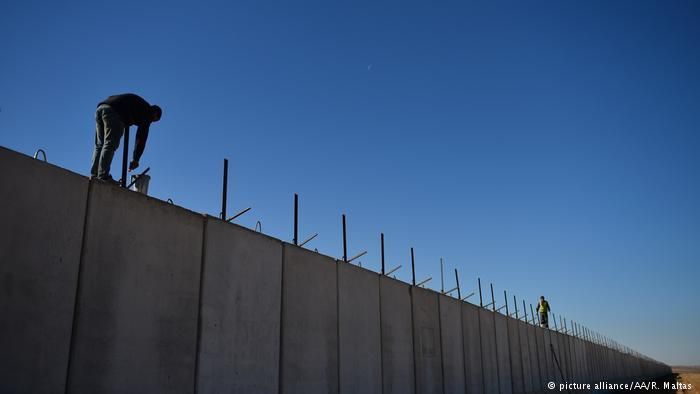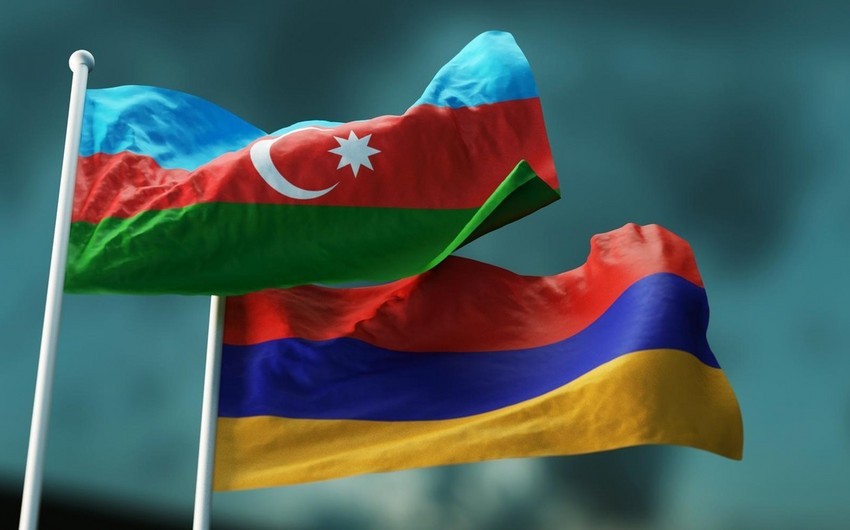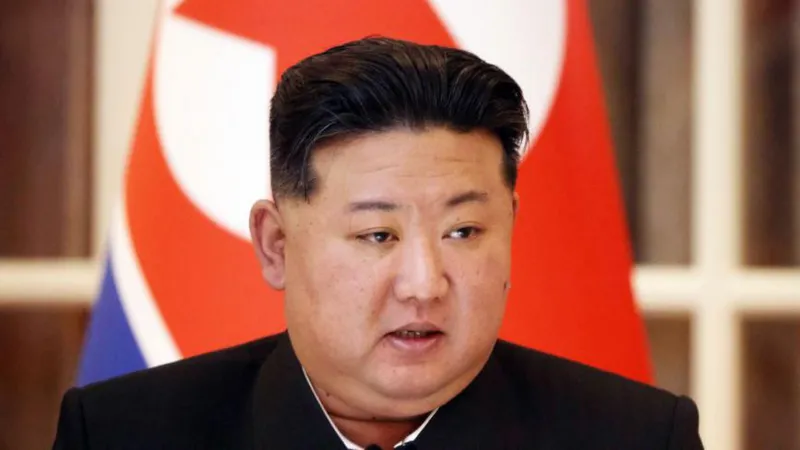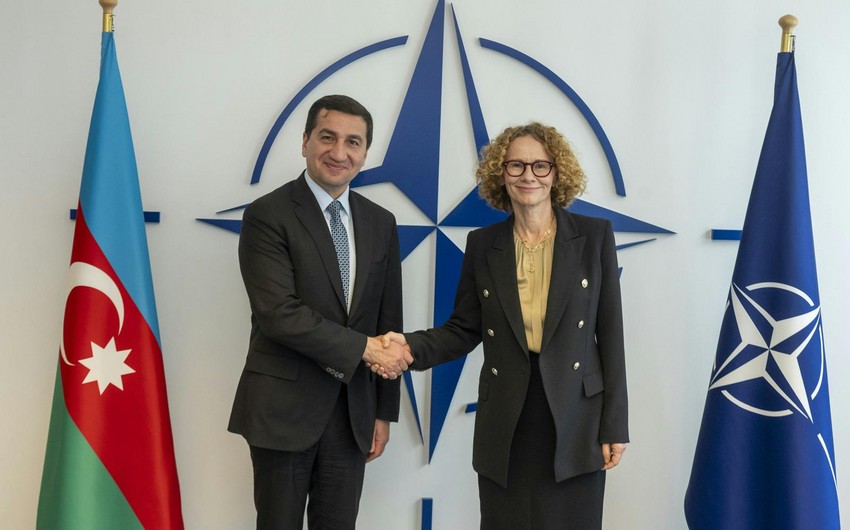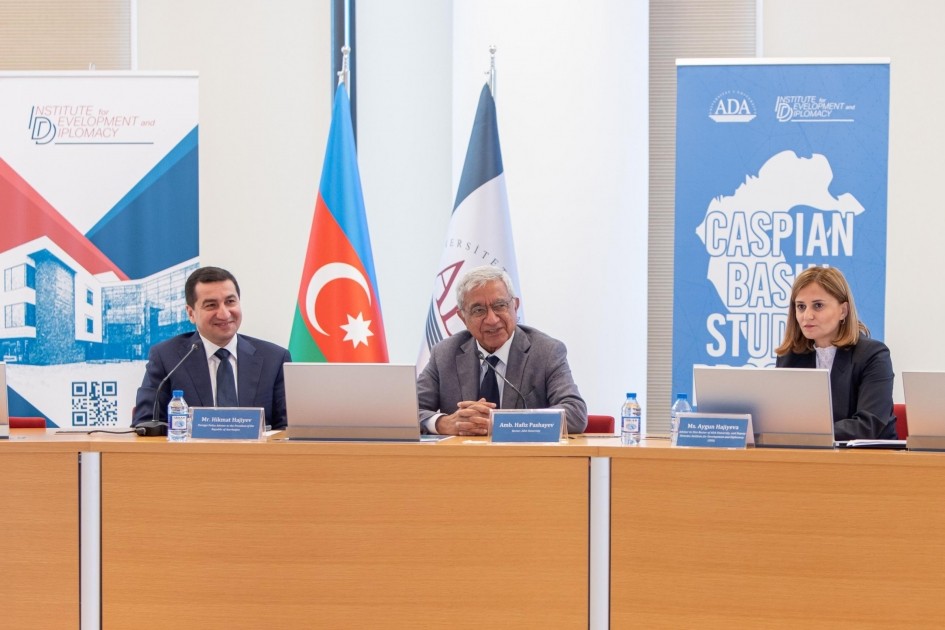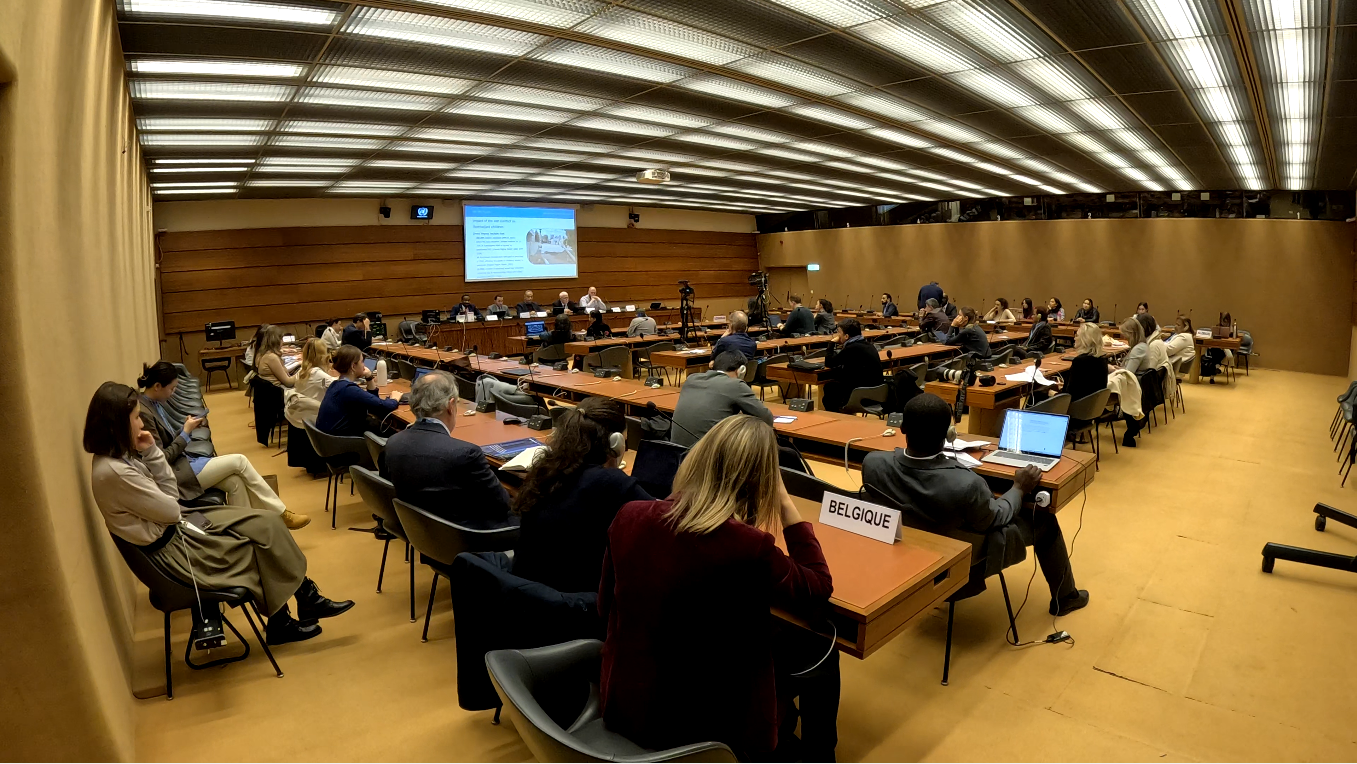With the increase in migration and military conflicts in the world, there is a tendency to build walls that separate states. The most striking example is the US-Mexican wall, which has done a lot of hype in the press because of Trump’s PR.

Jose Luis Gonzalez / Reuters
The erection of such walls seems to be gaining mass character – states are shut off from the neighbors in all regions of the world.
Since 2015, the Baltic countries have launched many projects to build walls on their borders with Russia and Belarus. Thus Estonia announced its decision to build a wall on the border with Russia, in 2015. The length of the fence qould be 108 km. In 2016, Latvia decided to implement a project similar in content - the length of the barrier on the Russian-Latvian border reaching 92 km. In 2017, Lithuania announced plans to build a wall on the border with the Russian Federation. The fence system will be located on the border of the country with the Kaliningrad region, and its length will be 135 km.
Lithuanian Minister of Internal Affairs Eimuntas Misiunas and members of the Lithuanian border service solemnly launch the construction of a wall on the border with the Kaliningrad region of the Russian Federation.
Ukraine is also shielded from the Russian Federation by walls. The construction project, initially called the "Wall", and then renamed the "European Wall", was initiated by the leadership of Ukraine in 2014. Arseniy Yatsenyuk, who at that time headed the government of the country announced about its beginning.
Strengthening the borders with Russia
Since 2015, the Ukrainian-Russian border is being built on the part of the Chernigov, Sumy and Kharkov regions. At the second stage, the construction of structures in the Lugansk and Donetsk regions was planned. Initially, it was reported that the project "Wall" is expected to cost 320 million euros.
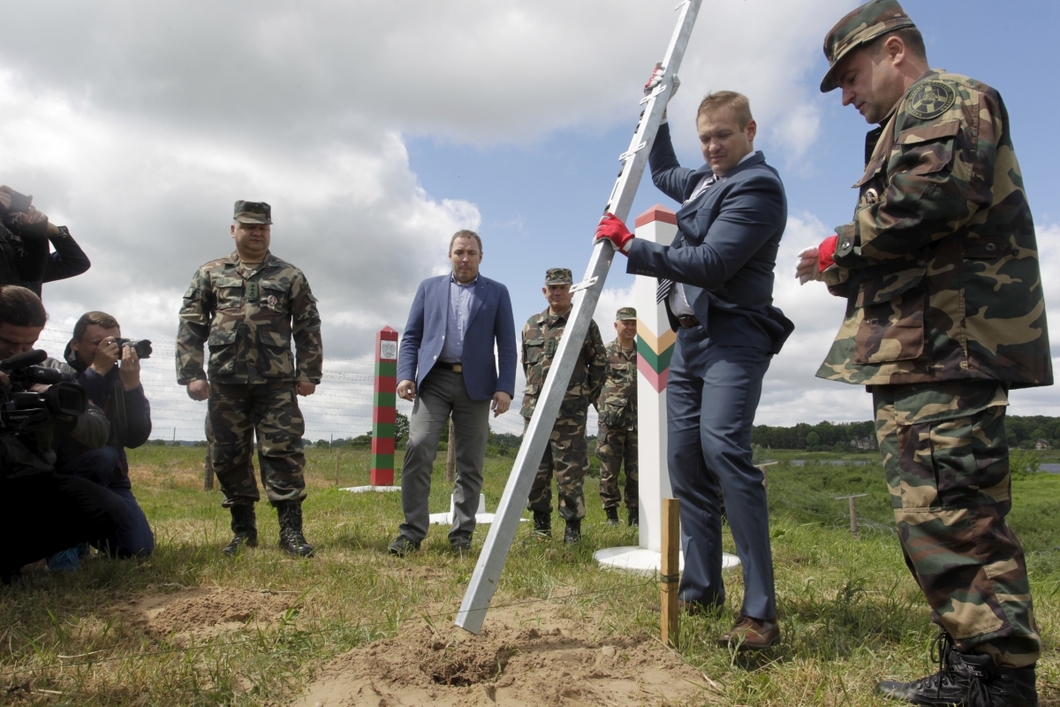
Photo: EPA
Hungary is also quite actively fenced: in 2015, a 170-kilometer wall was built on the Hungarian-Serbian border, and then it was further extended to the east - to the border with Romania - and to the west - to the border with Croatia. Recently, the construction of a second fence on the border with Serbia was completed. It was supposed to prevent the flow of refugees from the south. The fence is 3 meters high and 155 kilometers long.

Border Hungary - Serbia
Turkey also had to pick up a popular global trend.
Elhan Shakhinoglu, political analyst, head of the Center for Political Studies Atlas, told the Russian edition of Eurasia Diary what walls Turkey is building and from whom it is defended.

Elhan Shakhinoglu
According to him, the wall that Turkey plans to build on the border with Iran is associated to the strengthening of security. The main thrusts of terrorists across Turkey are: Syria, Iraq and Iran. The Syrian border is more or less under control, and the Turkish army entered the Syrian territory and created a buffer zone there. The Turkish army on the border with Iraq is fighting with the terrorist organization PKK (Workers Party of Kurdistan), and according to the latest information, the loss of terrorists in the last year is estimated in the thousands. The PKK received a hard blow and was thrown back into the Kandil Mountains on Iraqi territory. But this place is already unsafe for terrorists, because Turkish aviation bombs the terrorists' shelter.
"The only remaining point was the border with Iran. Although this direction has not been used so actively by various terrorist organizations, one should not forget that the PKK also has an Iranian wing called PZHAK, whose members are not only fighting the Iranian army, but sometimes crossing the Iranian-Turkish border, creating problems for Turkey's security. Therefore, Ankara decided to build a wall along the entire perimeter of the border with Iran, this line unlike the border with Iraq on a larger account is flat, so it is not so difficult to build a wall. And Tehran does not oppose it, because the struggle against Kurdish radicals and terrorists serves the interests Tehran as well. Some of Kurds who live in Iran are dissatisfied with Tehran's policy and join the terrorist groups," the expert said.
In his opinion, the wall will be an obstacle for the Iranian Kurds, some of whom support the struggle for the separation of the Kurdish territories of Iran. Therefore, Turkey does the work even instead of Tehran. The second point is that the wall will not be built on the border itself, but on the Turkish territory which also does not cause Tehran to object.
Prepared by Natalia Guliyeva

